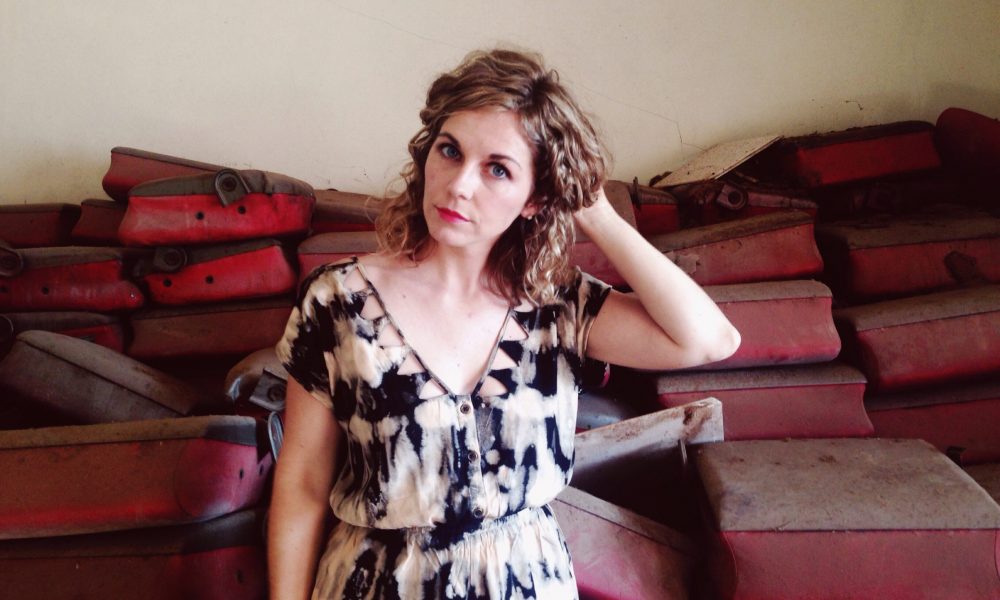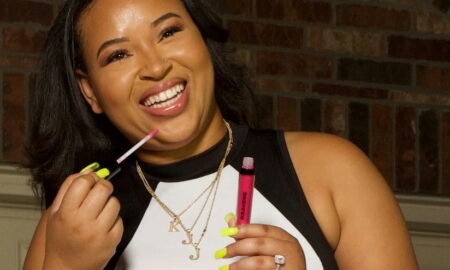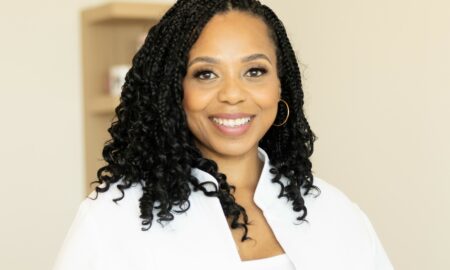

Today we’d like to introduce you to Holly D. Gray.
Holly, please kick things off for us by telling us about yourself and your journey so far.
After receiving my Bachelors of Fine Arts in Photography, my husband and I decided to start a family. In August of 2007, our daughter was born three months premature and with a rare birth defect. After six months in the NICU and two years in the hospital, the plans that I had once made for my career were all but washed away. I spent the next seven years caring for our daughter and her intense medical needs. In 2015, I decided it was time to start creating again, and now I’m three months from receiving my Masters of Fine Arts. As someone who loves a plan, my daughter’s life has taught me that sometimes plans change, swerve, end up different in the end and that’s ok.
Can you give our readers some background on your art?
The role of caregiver, predominately assumed by women, is the inspiration and basis for my artistic practice. While creating my newest works, I was thinking about my role as a female caregiver and what that means to me personally, but also what that might look like for the mothers of medically fragile children that happen to be similar to myself. With this identity, I’m absorbed in the daily labor both physical and emotional for these women.
I tend to collect objects over a measured and set amount of time, and I enjoy giving myself specific time restrictions for my practice. With the specifics of time and volume, my photographs for the on-going One Day Project refers to a 24-hour period of collection from different mothers and their disabled children, that are located across the United States. The ceramic sculptural installation, 52 weeks, is a nod to the weeks of a year and this piece was created by my personal weekly collections as a memorial to the year gone by.
The subject matter of my work is the daily detritus or waste material that comes with the life of a medically fragile child. The female caregivers, mothers in most cases, fight for these supplies on numerous levels and use this material in hopes that it will be part of the puzzle to keep their child alive one more day. Without these mundane daily rituals, their children and mine would not survive. And with this subject, I’m left to think about the moment to moment that ends up being a tremendous weight in this type of caregiving.
The materials that I use are rooted in the daily care for children with multiple disabilities. By using photography as a material to transform what would be considered in most cases trash; I’m able to document a moment in time that is fleeting for the families involved. With the use of ceramic sculpture for the installation 52 Weeks, the forms offer a fragility and softness that the source plastics cannot achieve.
There is an elegance in this type of caregiving that most don’t see. There’s a light in its brokenness. After all, this is a parent and child relationship. The images of Light in Nurture reference the collection of source material in a unique way. My intent with these images is to add beauty to the perceived brokenness. Society and politics often view disability as a tragedy or a drain on resources. A life lived atypically is often related to strain and stress, but there is a calmness, strength, grace, and resilience that come from this community of women. For myself, I’ve had the same routine for years with my daughter, so the daily practice of this core group of women is fiercely important to my artwork.
Any advice for aspiring or new artists?
Ah, this is a great question! I would suggest that you keep making the work that feels exciting to create and share. Everyone can instantly tell when you’re not excited about your work, and it doesn’t fool anyone in the end. Stop comparing yourself to other artists on Instagram; it’s a rat race out there. Head to the library where you can find the artist’s books and art history that inspire your creative self. Having an art degree doesn’t make you a “real” artist same as not having a degree doesn’t make you a “real” artist. Creating the work and getting it out there does. My final bit of advice…. apply to calls for submission constantly, but once you apply, forget about it in your inbox and move on to the next submission. If you’re waiting on ‘the one’ to respond with an acceptance, you might not be applying to enough.
What’s the best way for someone to check out your work and provide support?
I just wrapped up a two-month long exhibition at the Umbrella Gallery in Deep Ellum, Dallas. My work is currently featured in the 13th Winter Issue of Create! Magazine. https://createmagazine.com/read/issue-13-presale
A portion of my work will be at my thesis exhibition opening Friday, April 12, 2019 5-7pm at The Gallery at UTA in Arlington, TX.
My website: hollydgray.com and if anyone would like to participate in the ONE DAY PROJECT, they can find details at https://www.hollydgray.com/one-day/.
I love to collaborate with other artists, mothers and the community I have on Instagram. It’s truly inspiring. You can find me at @hollydgray
Contact Info:
- Website: hollydgray.com
- Email: hollydiongray@gmail.com
- Instagram: @hollydgray







 Image Credit:
Image Credit:
Holly D. Gray Profile Image – courtesy Kristin E. Bazan.
All other images are my own – Holly D. Gray or courtesy of the artist.
Getting in touch: VoyageDallas is built on recommendations from the community; it’s how we uncover hidden gems, so if you know someone who deserves recognition please let us know here.







